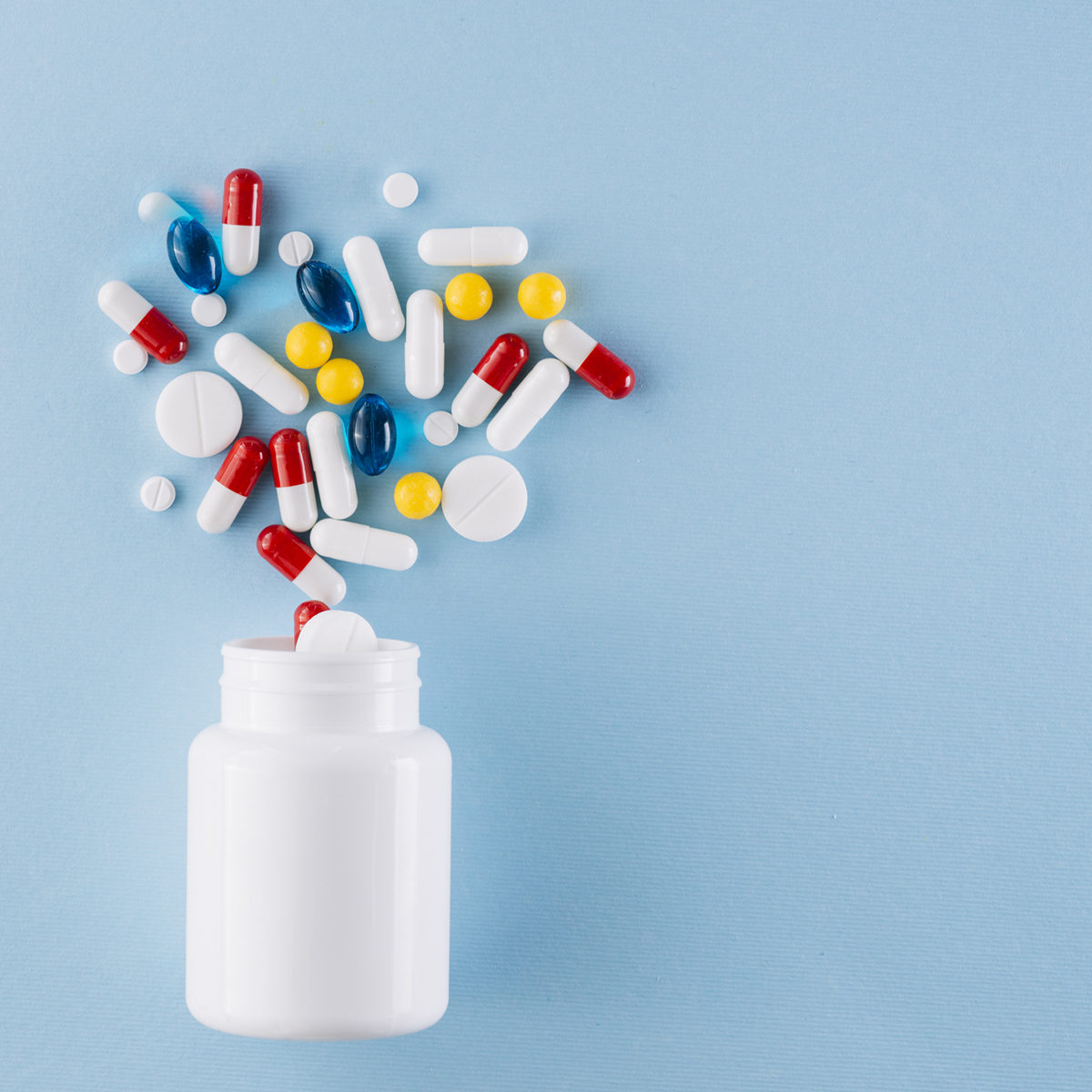Table of Contents

Most people are not aware that, in the West, the prevalence of estrogen dominance syndrome approaches 50 percent in women over 35 years old. Natural progesterone is produced by the corpus luteum after the ovulation and balances the side effects of otherwise unopposed est rogen. Under the influence of anovulatory cycles, menopause, stress and dietary antagonists, progesterone production ceases or is suppressed and the effects of estrogen dominance can be observed. Many women experience otherwise unexplained weight gain from the lack of progesterone that is required for proper thyroid function.
Symptoms of estrogen dominance
There are several symptoms that could be linked to this hormone dominance:
- Acceleration of the aging process
- Allergies, including asthma, hives, rashes, sinus congestion
- Autoimmune disorders
- Breast cancer
- Breast tenderness
- Cervical dysplasia
- Cold hands and feet
- Copper excess
- Decreased sex drive
- Depression with anxiety or agitation
- Dry eyes
- Early onset of menstruation
- Endometrial (uterine) cancer
- Fat gain, especially around the abdomen, hips and thighs
- Fatigue
- Fibrocystic breasts
- Foggy thinking
- Gallbladder disease
- Hair Loss
- Headaches
- Hypoglycemia
- Increased blood clotting
- Infertility
- Irregular menstrual periods
- Irritability
- Insomnia
- Magnesium deficiency
- Memory loss
- Mood swings
- Osteoporosis
- Polycystic ovaries
- Premenopause bone loss
- PMS
- Prostate cancer
- Sluggish metabolism
- Thyroid dysfunction
- Uterine cancer
- Uterine fibroids
- Water retention, bloating
- Zinc deficiency
Normal function of these hormones
Estrogen
This hormone is very important in menstrual cycle regulation. It is the dominant hormone in the first week after menstruation.
It stimulates the build-up of tissue and blood in the uterus as the ovarian follicles simultaneously begin their development of the egg.
Progesterone
Progesterone is a major reproductive hormone during the latter two weeks of the menstrual cycle. It keeps the inner lining of the uterus ready to receive a fertilized ovum. Later it also provides the nurturing for the development of the embryo. If the egg is not fertilized, the progesterone levels drop dramatically causing the uterus to shed its lining resulting in the menstruation flow.
- www.natural-progesterone-advisory-network.com
- www.safemenopausesolutions.com
- www.womenlivingnaturally.com
- Photo courtesy of Arne Hendriks by Flickr : www.flickr.com/photos/arnehendriks/7156853897/

